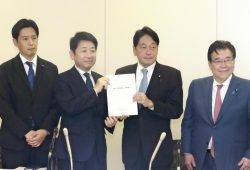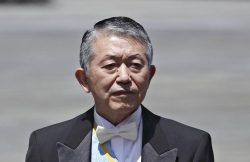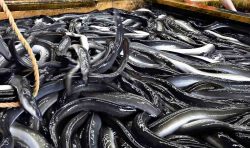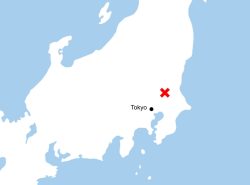Glass Eel Populations Rising in Hokkaido Rivers, Researchers Say; Shifting Ocean Currents Thought to be Major Cause
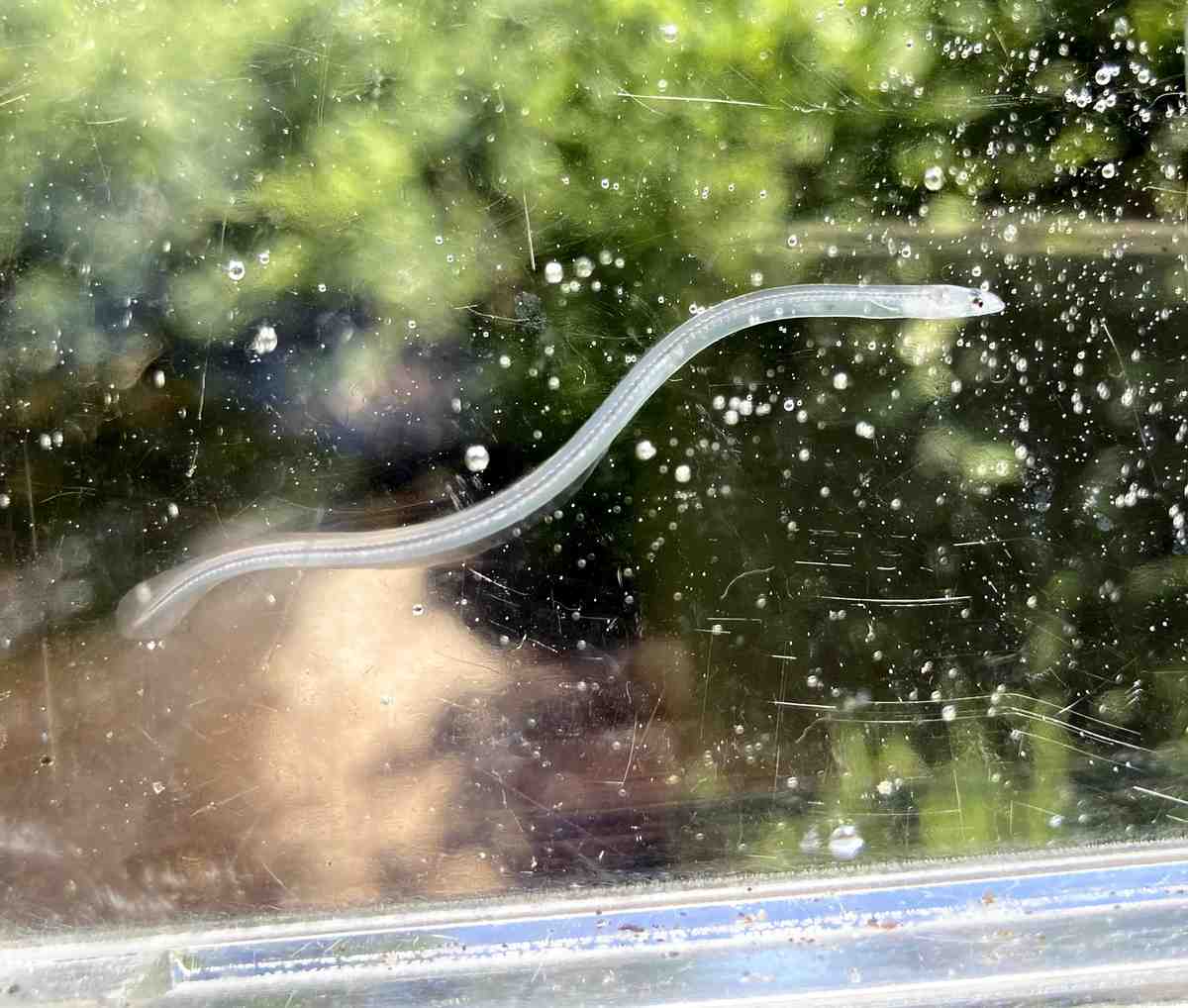
A glass eel captured in Hokkaido
14:22 JST, February 12, 2025
The number of glass eels, or juvenile Japanese eels, in rivers in Hokkaido appears to have increased in recent years, according to a team of researchers at the Japan Agency for Marine-Earth Science and Technology (JAMSTEC), the University of Tokyo and other institutions.
The team said in its announcement that the increase seems to be due to factors including a northward shift in the Kuroshio Current. Experts point to the need to continuously conduct surveys in Hokkaido and other areas to manage the eels as a natural resource.
Japanese eels are known to spawn and hatch near the Mariana Trench in the Pacific Ocean before riding the Kuroshio Current and other ocean currents to the Japanese coastline, where they migrate upstream into rivers in which they grow to maturity.
Aomori Prefecture was once considered the northernmost area whose rivers glass eels would migrate into. However, the team confirmed they have entered rivers in the Iburi region of south-central Hokkaido.
JAMSTEC has been building a model of ocean currents around Japan based on observation data, such as sea water temperatures and salinity. While the Kuroshio Current has started reaching farther north in recent years, the cold Oyashio Current is weakening.
Using this ocean current model, the team analyzed the areas glass eels have reached. The comparison between the situation in 1994-2003 and that in 2014-2023 showed that the probability of glass eels making it to Hokkaido’s coastal areas has increased about 20-fold. The team also found that the strengthened Tsugaru Warm Current has made it more difficult for glass eels to reach the coastal areas around the Tsugaru Straits that separate Hokkaido and Honshu.
“Glass eels are an important fishery resource,” said Kentaro Morita, a professor of fish ecology at the University of Tokyo. “The fact that they are becoming more likely to reach Hokkaido might impact management of this resource in the future, such as where and in what quantities they should be caught.”
“It is interesting that glass eels were actually caught [in Hokkaido] and the phenomenon is supported by the ocean current model,” said Kazuki Yokouchi, head of the fisheries ecosystem group at the Japan Fisheries Research and Education Agency. “To manage these fisheries resources, it will be necessary to continue research on whether eels that have arrived [in Hokkaido] will grow properly.”
"Science & Nature" POPULAR ARTICLE
-

Genome Study Reveals Milestone in History of Cat Domestication
-
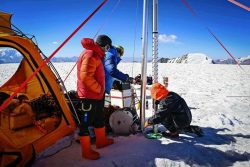
Big Leap in Quest to Get to Bottom of Climate Ice Mystery
-
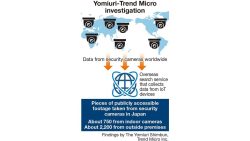
Security Camera Footage Vulnerable to Outside Access; Investigation Finds 3,000 Pieces Exposed Online
-

Paws on Parade: Nairobi’s Dogs Dazzle at ‘Pawchella’
-
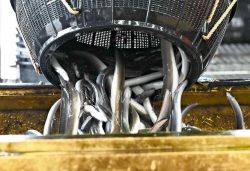
Japanese Eels Escape New Regulation in Vote at CITES Meeting, Avoiding Higher Prices for Dealers and Diners
JN ACCESS RANKING
-

Keidanren Chairman Yoshinobu Tsutsui Visits Kashiwazaki-Kariwa Nuclear Power Plant; Inspects New Emergency Safety System
-
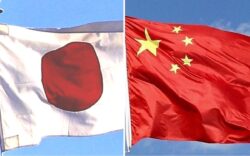
Imports of Rare Earths from China Facing Delays, May Be Caused by Deterioration of Japan-China Relations
-

University of Tokyo Professor Discusses Japanese Economic Security in Interview Ahead of Forum
-

Japan Pulls out of Vietnam Nuclear Project, Complicating Hanoi’s Power Plans
-

Govt Aims to Expand NISA Program Lineup, Abolish Age Restriction







